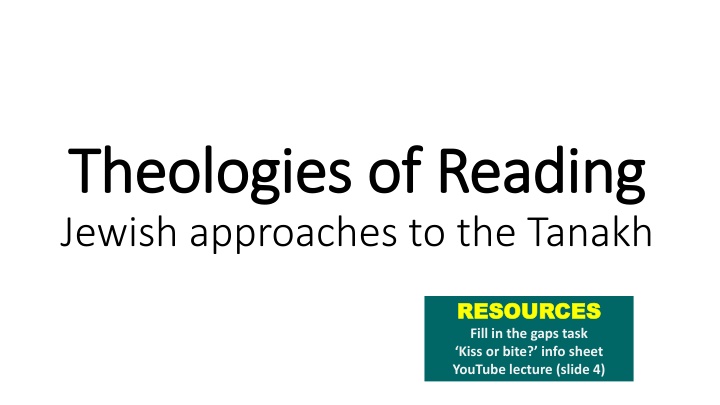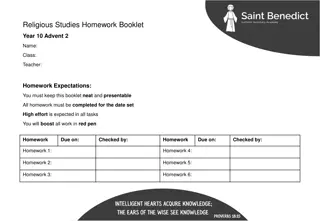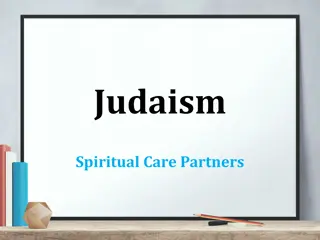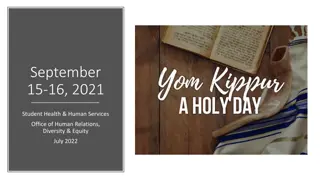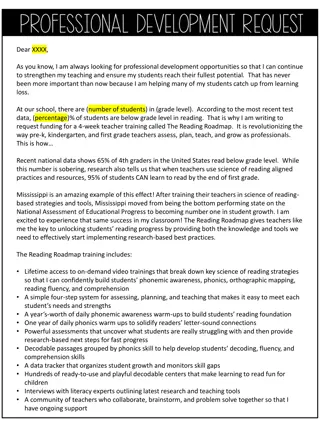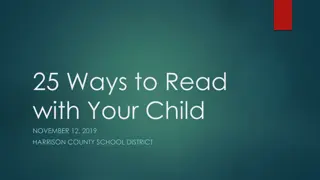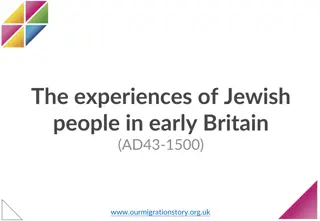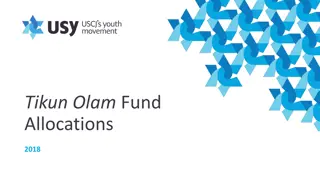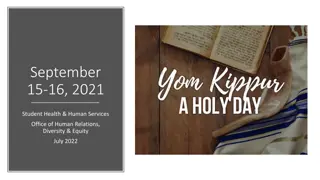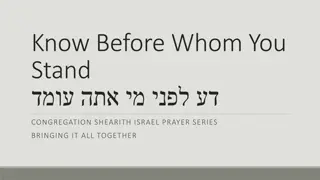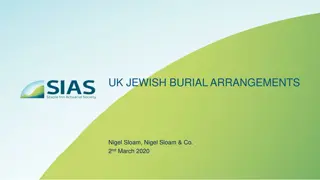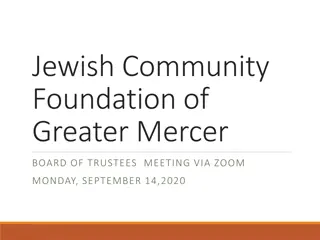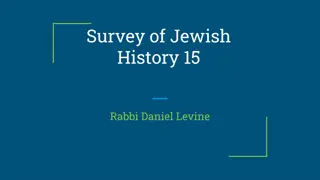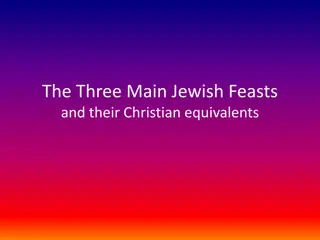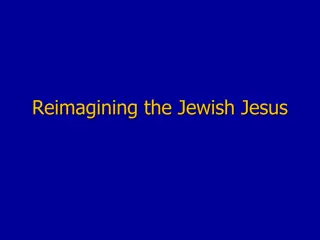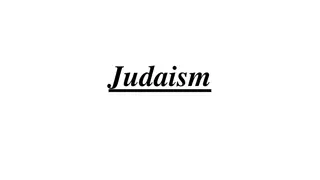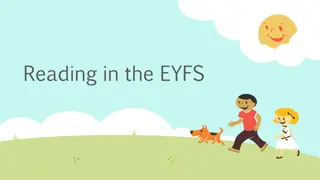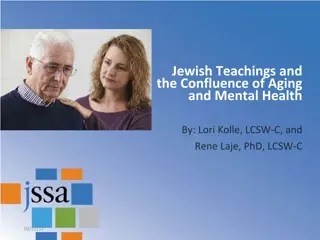Jewish Theologies of Reading: Unveiling Midrash Interpretations
Jewish scriptures, the Tanakh, and the concept of Midrash interpretations, uncovering the richness of textual analysis devoid of vowels. Dive into the creative interpretations within the Jewish belief community, emphasizing the freedom and ethical norms guiding these explorations in the classroom setting.
Download Presentation

Please find below an Image/Link to download the presentation.
The content on the website is provided AS IS for your information and personal use only. It may not be sold, licensed, or shared on other websites without obtaining consent from the author.If you encounter any issues during the download, it is possible that the publisher has removed the file from their server.
You are allowed to download the files provided on this website for personal or commercial use, subject to the condition that they are used lawfully. All files are the property of their respective owners.
The content on the website is provided AS IS for your information and personal use only. It may not be sold, licensed, or shared on other websites without obtaining consent from the author.
E N D
Presentation Transcript
Theologies of Reading Theologies of Reading Jewish approaches to the Tanakh RESOURCES RESOURCES Fill in the gaps task Kiss or bite? info sheet YouTube lecture (slide 4)
Imagine you found this message on the pavement. The vowels are missing. What could this message say ? PL_S L_T M_ L_V_
The Jewish scriptures, the Tanakh, was written without vowels. This means there can be multiple interpretations of scripture. Classical textual interpretations are made by rabbis and are called the Midrash. The word Midrash means textual interpretation or study , from the Hebrew darash meaning to seek . TORAH Teachings NEVI IM Prophets KETUVIM Writings The lack of vowels matches Jewish belief that G-d s speech produces multiple interpretations and that limiting scripture to one meaning, as in human texts, undermines God s vastness. Human speech is narrow but G-d s speech, through scripture, is wide. It gives rise to creative interpretations and the full expression of the human spirit. TaNaKh Jewish Bible Torah + Nevi im + Ketuvim
Midrash Interpretations There are no limits to the number of Midrash interpretations, but they must stay true to the theological and ethical norms of the belief community. We find contrasting, often very different and creative, interpretations, all of which are considered valid. In the Torah, there are 10 instances of puncta extraordinarie. They affect interpretation. Extract from Torah scroll showing Genesis 33:4. the phrase and he kissed him carries puncta extraordinarie, indicating that something is different about the word. This word can mean kiss or bite !
Midrash in the Classroom This freedom and creativity is an opportunity to break out from grammar and allow pupils to interpret texts. Begin with the activity with missing letters and explain how Jewish scriptures were written and the openness to interpretation this provides, leading to the Midrash. Give pupils a passage of scripture from the Tanakh (what Christians call the Old Testament) and invite them to interpret it. Moses with the Burning Bush or The Israelites Crossing the River Jordan would be interesting texts to use, but you could choose other texts. Allow pupils to generate their own interpretations individually or in pairs. Then bring individuals/pairs together in groups to compare and contrast their interpretations. How similar/different are they? Pupils must ensure their interpretations don t break from Jewish theological or ethical norms, so an interpretation that resulted in 4 Gods or a God that is not omnipresent, omniscient, omnipotent would not be a valid interpretation. Can pupils identify where their interpretations came from? Do they have experiences and existing ideas that have contributed to their interpretation? (Think schema and hermeneutics here!)
Former assistant head teacher at a large primary school in Nuneaton. Former English subject leader (13 years) and Lead Teacher for Royal Shakespeare Company (2 years), as well as RE subject leader for 15 years. Currently working one day a week as RE Facilitator for Coventry and Warwickshire on behalf of both SACREs working jointly and some work for Coventry Diocesan Board of Education. ICON School Project Manager for Coventry Cathedral. ICONS are schools awarded a Cross of Nails (a symbol of peace and reconciliation following the Coventry Blitz in November 1940) for their commitment to teaching children and young people how to be peace-makers and reconcilers. Lover of all things literary and text-based and super fan of lifelong learning. Jennifer Jenkins RE Facilitator for Coventry and Warwick
